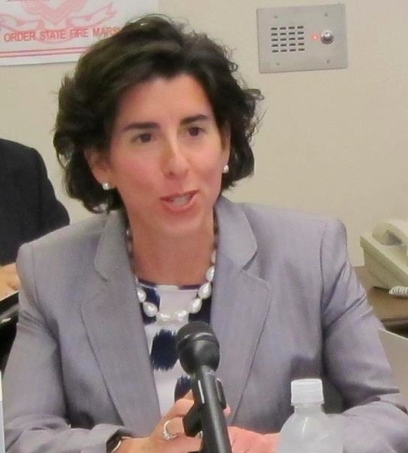Pension funds, more so than other investors, operate on a particularly long time horizon.
But that doesn’t mean funds can’t succumb to short-term thinking.
Keith Ambachtsheer, Director Emeritus of the International Centre for Pension Management at the University of Toronto, makes the case for more long-term thinking at pension funds in a recent paper published in the Rotman International Journal of Pension Management.
He lays the groundwork of short-term thinking at pension funds by presenting this statistic:
My 2011 survey of 37 major pension funds found that only 8 (22%) based performance-related compensation on measures over four years or more.
In other words, pension funds aren’t rewarding long-term thinking. But how can that be changed? From the paper:
A good start is to insist that the representatives of asset owners become true fiduciaries, legally required to act in the sole best interest of the people (e.g., shareholders, pension beneficiaries) to whom they owe a fiduciary duty….the resulting message for the governing boards of pension and other long-horizon investment organizations (e.g., endowments) is that they must stretch out the time horizon in which they frame their duties, as well as recognizing the interconnected impact of their decisions on multiple constituents to whom they owe loyalty (e.g., not just current pension beneficiaries but also future ones).
Increasingly, fiduciary behavior and decisions will be judged not by a cookie-cutter off-the-shelf “prudent person” standard by a much broader “reasonable expectations” standard.
A logical implication of these developments is that the individual and collective actions of the world’s leading pension funds are our best hope to transform investing into more functional, wealth-creating processes.
It will take work, but a shift to long-termism will be worth it, according to the paper:
Institutional investors around the globe, led by the pension fund sector, are well placed to play a “lead wagon” fiduciary role as we set out to address these challenges. Indeed, the emerging view is that pension sector leaders have a legal obligation to look beyond tomorrow, and to focus the capital at their disposal on the long term.
Will the effort be worth it? Logic and history tell us that the answer is “yes.” Qualitatively, long-termism naturally fosters good citizenship; quantitatively, a 2011 study that calculates the combined impact of plugging the upstream and downstream “leakages” in conventional investment decision making with a short-term focus found that the resulting shift to long-termism could be worth as much as 150 basis points (1.5%) per annum in increased investment returns (Ambachtsheer, Fuller, and Hindocha 2013).
Read the entire paper, titled The Case for Long-Termism, here [subscription required].








